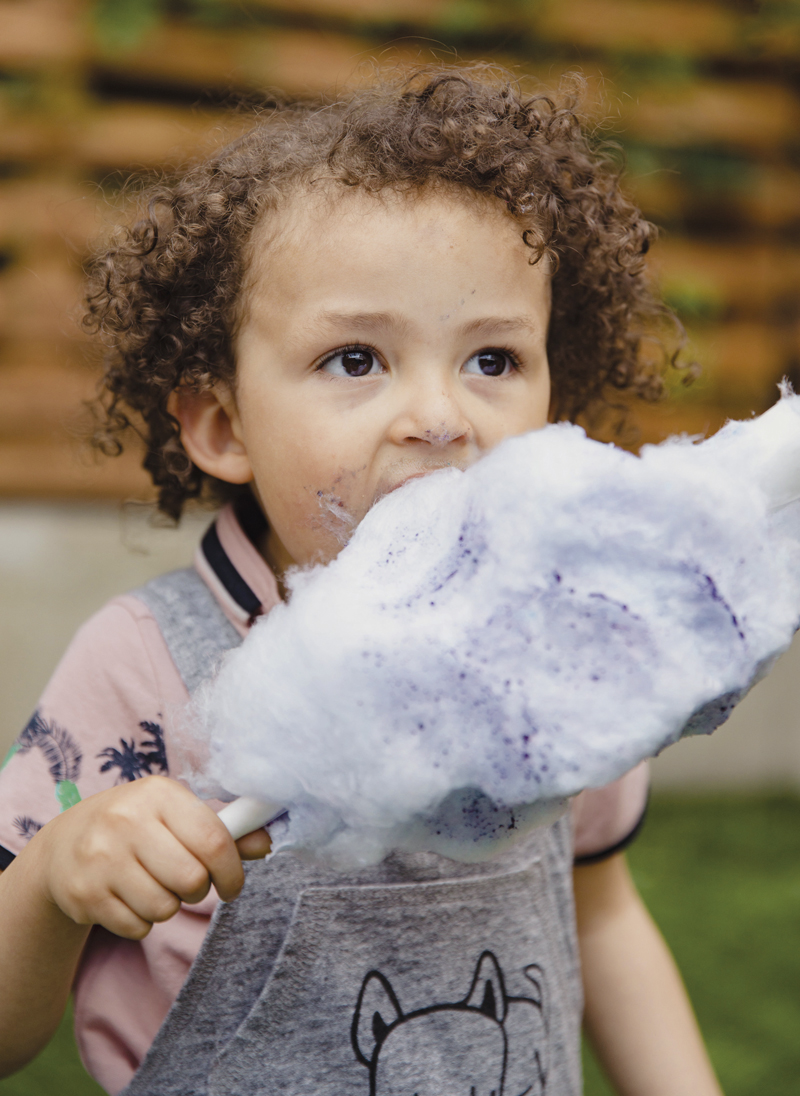
RDNE stock project / pexelsEating sugary foods and not brushing teeth afterwards creates a favorable environment for bacteriaRDNE stock project / pexels
The global public health concern of tooth decay affects around 2.5 billion people worldwide, exacerbated by the combination of a diet rich in sugar and microorganisms that live in the mouth, amplified by poor oral hygiene. Scientists from the University of North Carolina at Chapel Hill and the University of Pennsylvania investigated the varieties of microorganisms found in the oral cavities of 416 preschool children in the USA, identifying 16 species of bacteria as the most common in children with cavities. One of them, Streptococcus mutans, was already well known to dentists and has long been associated with this type of tooth decay. But it does not act alone. The research group, which included Hyun Koo, a Brazilian of Korean descent, found that at least three other bacteria — Selenomonas sputigena, Prevotella salivae, and Leptotrichia wadei — also play an important role. All are capable of transforming free sugars in food into corrosive acids. They mostly rely on S. mutans to form a biofilm (bacterial plaque), colonies of bacteria that grow on the teeth. In vitro testing of biofilm formation and tests of bacteria aggressiveness in rodents, however, showed that the combination of S. mutans and S. sputigena was the most damaging. The pairing formed more extensive biofilms and produced more acid than other species in isolation (Nature Communications, May 22).
Republish
